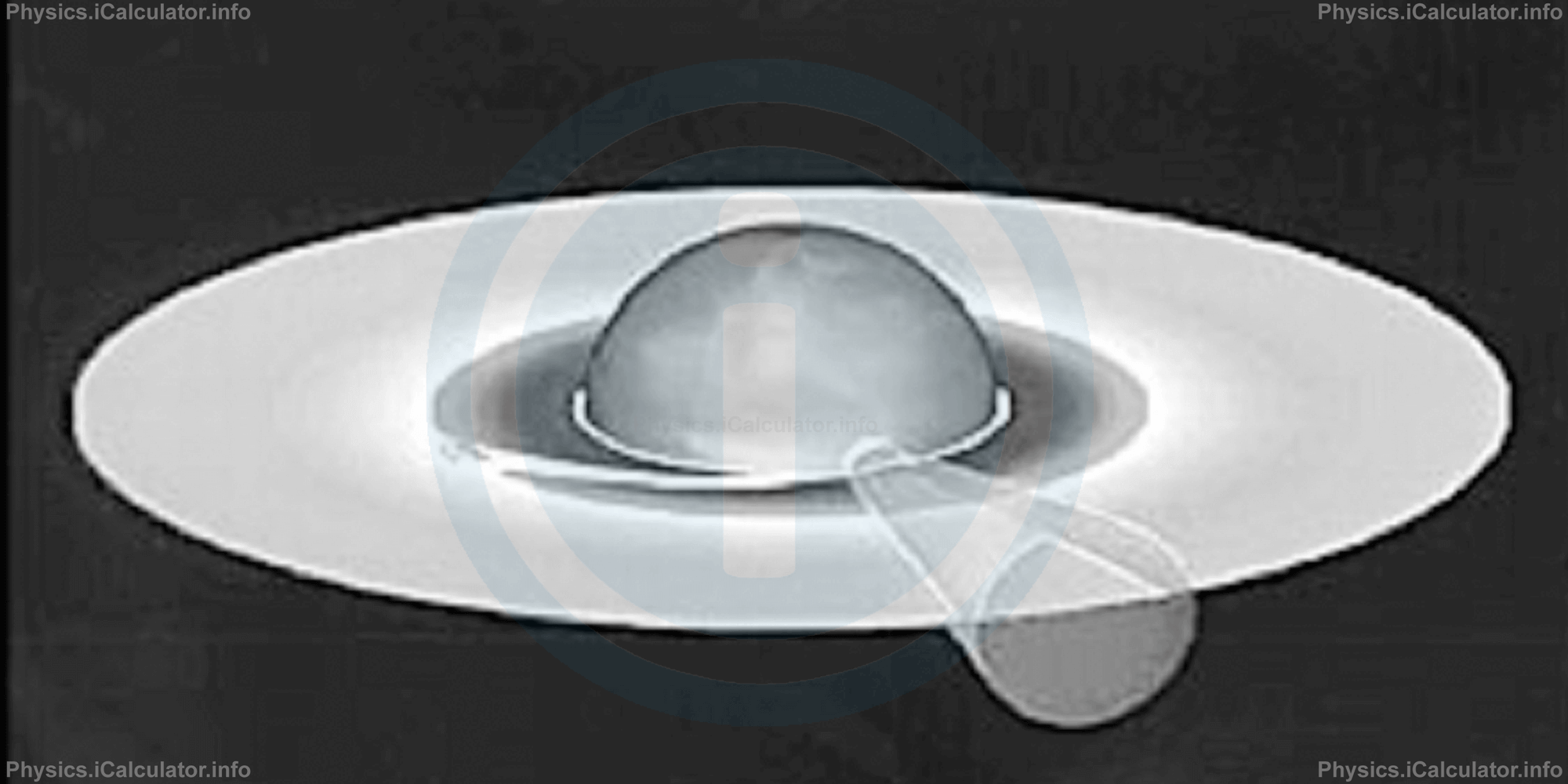Menu
Physics Lesson 22.10.6 - Annexure: Gravitational Interaction. Planck's Energy
Please provide a rating, it takes seconds and helps us to keep this resource free for all to use
Welcome to our Physics lesson on Annexure: Gravitational Interaction. Planck's Energy, this is the sixth lesson of our suite of physics lessons covering the topic of Big Bang Model and Temperature, you can find links to the other lessons within this tutorial and access additional physics learning resources below this lesson.
Annexure: Gravitational Interaction. Planck's Energy
What about if we try to include the gravitational interaction in the above unification? There is no confirmed answer whether this is theoretically possible to be achieved in the future or not. In other words, the electro-gravitational model is still a conjecture without any scientific base.
The best approach for the above unification is to take the two forces (gravitational and electromagnetic) as comparable. Mathematically, we must write
where m is the mass of particles involved and e their electric charge.
To achieve this compliance, the two constants (gravitational and electromagnetic) must have the same nature. Hence, based on the Einstein's mass-energy equivalence E = m · c2, we write the gravitational force as:
= G ∙ E2/c4 ∙ r2
On the other hand, for very small particles, we use the constant ℏ·c (where ℏ is the reduced Planck's constant) instead of G·E2/c4 as these two constants differ from each other only by a coefficient that is not the same in all temperatures and that is typical for EM interaction. We take these two constants as equal for values of energy Ep ≈ 1019 GeV (T = 1032 K), where Ep is known as Planck's Energy. When Universe has had such a high temperature, its dimensions have been very small. It is not possible to study it through traditional methods but only through a special quantum theory of gravitation. Scientists believe the elementary particles at this stage of Universe have had a ring shape of microscopic dimensions (about 10-35 m). Scientist call them "cosmic chords" as shown in the computational design below.

The corrsponding model of this theory is known as the cosmic chord model. Scientists consider this stage of the Universe existence as having 10 dimensions, 6 of which are undetectable by us (they have dissapeared with the time) and the 4 dimension that have survived to our era are the three space dimensions and that of time we have discussed in Kinematics.
This theory is speculative in the sense that it is not confirmed by experiments - a process that is impossible due to the current limitations of technology.
Example 3
Confirm the value of Planck's Energy given in theory.
Solution 3
Given that for temperatures T = 1032 K we can write
where ℏ = 1.055 × 10-34 J·s; c = 3 × 108 m/s; G = 6.674 × 10-11 m3/(s2·kg) and Ep is the Planck's Energy to be found.
Rearranging to isolate Ep, we obtain
Ep = √ℏ ∙ c5/G
= √(1.055 × 10-34 J ∙ s) ∙ (3 × 108 m/s)5)/(6.674 × 10-11 m3/s2 ∙ kg)
= 1.96 × 109 J
When this value is converted into electronvolts, it becomes
= 1.225 × 1028 eV
= 1.225 × 1019 GeV
This value is of the same order as that given in theory, as 1 GeV = 109 eV.
You have reached the end of Physics lesson 22.10.6 Annexure: Gravitational Interaction. Planck's Energy. There are 6 lessons in this physics tutorial covering Big Bang Model and Temperature, you can access all the lessons from this tutorial below.
More Big Bang Model and Temperature Lessons and Learning Resources
Whats next?
Enjoy the "Annexure: Gravitational Interaction. Planck's Energy" physics lesson? People who liked the "Big Bang Model and Temperature lesson found the following resources useful:
- Gravitational Interaction Feedback. Helps other - Leave a rating for this gravitational interaction (see below)
- Cosmology Physics tutorial: Big Bang Model and Temperature. Read the Big Bang Model and Temperature physics tutorial and build your physics knowledge of Cosmology
- Cosmology Revision Notes: Big Bang Model and Temperature. Print the notes so you can revise the key points covered in the physics tutorial for Big Bang Model and Temperature
- Cosmology Practice Questions: Big Bang Model and Temperature. Test and improve your knowledge of Big Bang Model and Temperature with example questins and answers
- Check your calculations for Cosmology questions with our excellent Cosmology calculators which contain full equations and calculations clearly displayed line by line. See the Cosmology Calculators by iCalculator™ below.
- Continuing learning cosmology - read our next physics tutorial: Chronology of the Universe
Help others Learning Physics just like you
Please provide a rating, it takes seconds and helps us to keep this resource free for all to use
We hope you found this Physics lesson "Big Bang Model and Temperature" useful. If you did it would be great if you could spare the time to rate this physics lesson (simply click on the number of stars that match your assessment of this physics learning aide) and/or share on social media, this helps us identify popular tutorials and calculators and expand our free learning resources to support our users around the world have free access to expand their knowledge of physics and other disciplines.